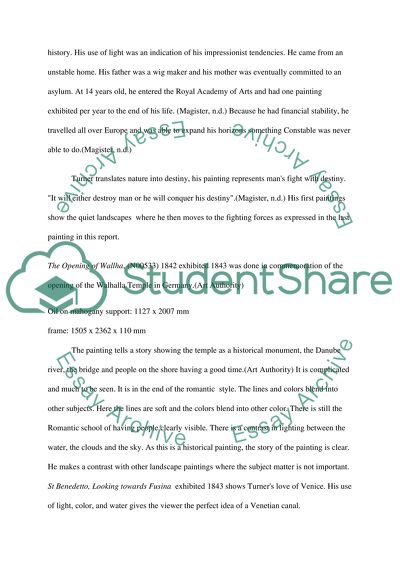Cite this document
(“Why Is Constable Considered to Be a Better Landscape Artist Assignment”, n.d.)
Why Is Constable Considered to Be a Better Landscape Artist Assignment. Retrieved from https://studentshare.org/visual-arts-film-studies/1415335-course-art-appreciation-topic-turner-and-constable
Why Is Constable Considered to Be a Better Landscape Artist Assignment. Retrieved from https://studentshare.org/visual-arts-film-studies/1415335-course-art-appreciation-topic-turner-and-constable
(Why Is Constable Considered to Be a Better Landscape Artist Assignment)
Why Is Constable Considered to Be a Better Landscape Artist Assignment. https://studentshare.org/visual-arts-film-studies/1415335-course-art-appreciation-topic-turner-and-constable.
Why Is Constable Considered to Be a Better Landscape Artist Assignment. https://studentshare.org/visual-arts-film-studies/1415335-course-art-appreciation-topic-turner-and-constable.
“Why Is Constable Considered to Be a Better Landscape Artist Assignment”, n.d. https://studentshare.org/visual-arts-film-studies/1415335-course-art-appreciation-topic-turner-and-constable.


